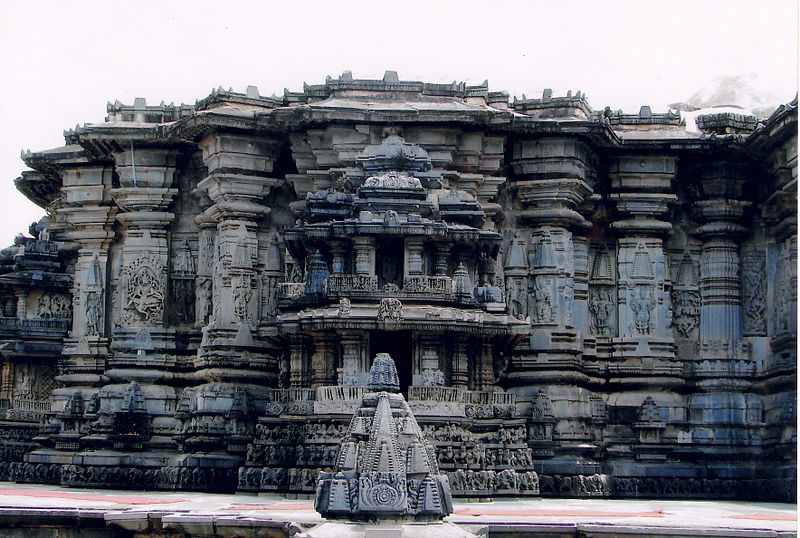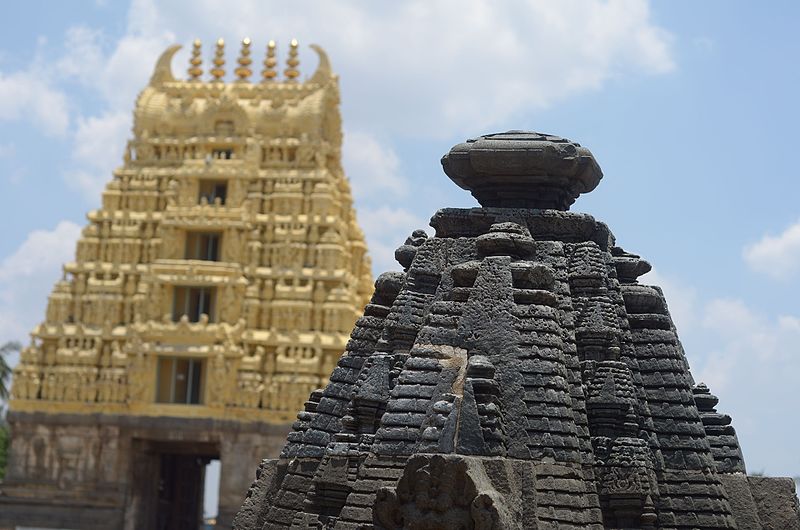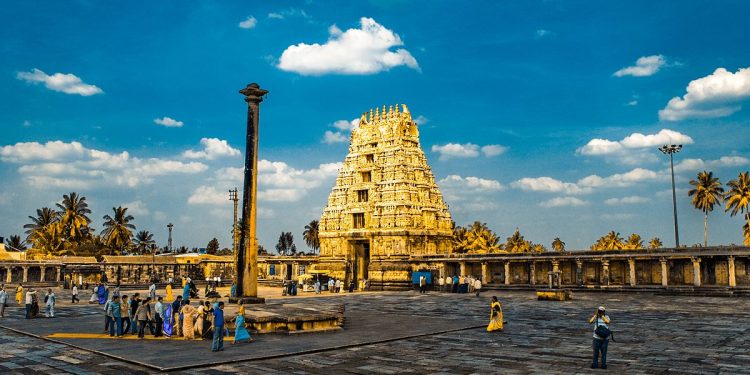Chennakeshava Temple, originally called Vijayanarayana Temple , was built on the banks of the Yagachi River in Belur, by the Hoysala Empire King Vishnuvardhana. Belur, which was an early Hoysala capital, is in the Hassan district of Karnataka state, India.
Shrine’s History
The temple was commissioned by King Vishnuvardhana in 1117 AD. Scholars are divided about the reasons for the construction of the temple. The military successes of Vishnuvardhana are considered a probable reason. Some scholars believe Vishnuvardhana commissioned the temple to surpass his overlord, King Vikramaditya VI of the Western Chalukya Empire , after his initial military victories against the Chalukyas.According to another theory, Vishnuvardhana was celebrating his famous victory against the Chola dynasty of Tamil country in the battle of Talakad , which resulted in the annexation of Gangavadi by the Hoysalas.
Another theory points to Vishnuvardhana’s conversion from Jainism to Vaishnavism after coming under the influence of saint Ramanujacharya, considering this is a predominantly Vaishnava temple in sculptural iconography. The Hoysalas employed many noted architects and artisans who developed a new architectural tradition, which art critic Adam Hardy called the Karnata Dravida tradition.In all 118 inscriptions have been recovered from the temple complex, covering the period 1117 AD to the 18th century, giving historians details of the artists employed, grants made to the temple and renovations committed during later times.

Legends Associated with This Shrine
King Vishnuvardhana is said to have dreamt about Lord Keshava during his night stay at the Baba Budan forest and decided to construct the Channa Keshava temple at Belur. But, he unwittingly separated the lord from his consort living on the baba Budan Hill. It is believed that the lord regularly travels to the hills for meeting his consort. Thus the local cobbler community presents a pair of fresh sandals everyday at the alter of the shrine. Locals believe that the sandals get disappeared after being presented the Lord.

Architectural Relevance of This Shrine
The main entrance to the complex is crowned by a Rajagopura built during the days of the Vijayanagar empire. Within the complex, the Chennakesava temple is at the centre, facing east, and is flanked by the Kappe Channigraya temple on its right, and a small Sowmyanayaki temple set slightly back. On its left, also set slightly back is the Ranganayaki temple. Two main sthambha exist here. The pillar facing the main temple, the Garuda sthambha was erected in the Vijayanagar period while the pillar on the right, the Deepa sthambha dates from the Hoysala period. This is the first great Hoysala temple, though according to the art critic and historian Settar, the artistic idiom and signature are still Western Chalukyan. Hence, the over-decoration which is seen in later Hoysala temples is not visible here.
According to Settar, during later years, the Hoysala art took an inclination towards craftsmanship, with a weakness for minutiae. The Chennakesava temple has three entrances and their doorways have decorated sculptures called dvarapalaka on either side. While the Kappe Channigraya temple is smaller than the Chennakesava temple, it is architecturally significant, though it lacks any sculptural features. The Kappe Chennigraya temple became a dvikuta with the later addition of a shrine to its original plan. The original shrine has a star-shaped plan while the additional shrine is a simple square. The image inside is also that of Kesava and was commissioned by Shantala Devi, the noted queen of King Vishnuvardhana.
.jpg)
Shrine’s Map Location and How to Go There
By Road
Belur is connected by regular buses to major cities such as Mysore and Bangalore. Major tourist hubs such as Hassan, Shravanabelagola, Madikeri, Hassan etc. are easily accessible from the town.
By Rail
The Nearest railway station is Hassan with trains arriving regularly from Bangalore, Mangalore and Mysore.
By Air
The nearest airport is Mangalore with several flights arriving regularly from all major cities in the country.
Shrine Timings
7:30 AM to 1:00 PM and 2.30 PM to 7.30 PM
Extra Information About this Shrine
These temple complexes have been proposed to be listed under UNESCO World Heritage Sites.













































